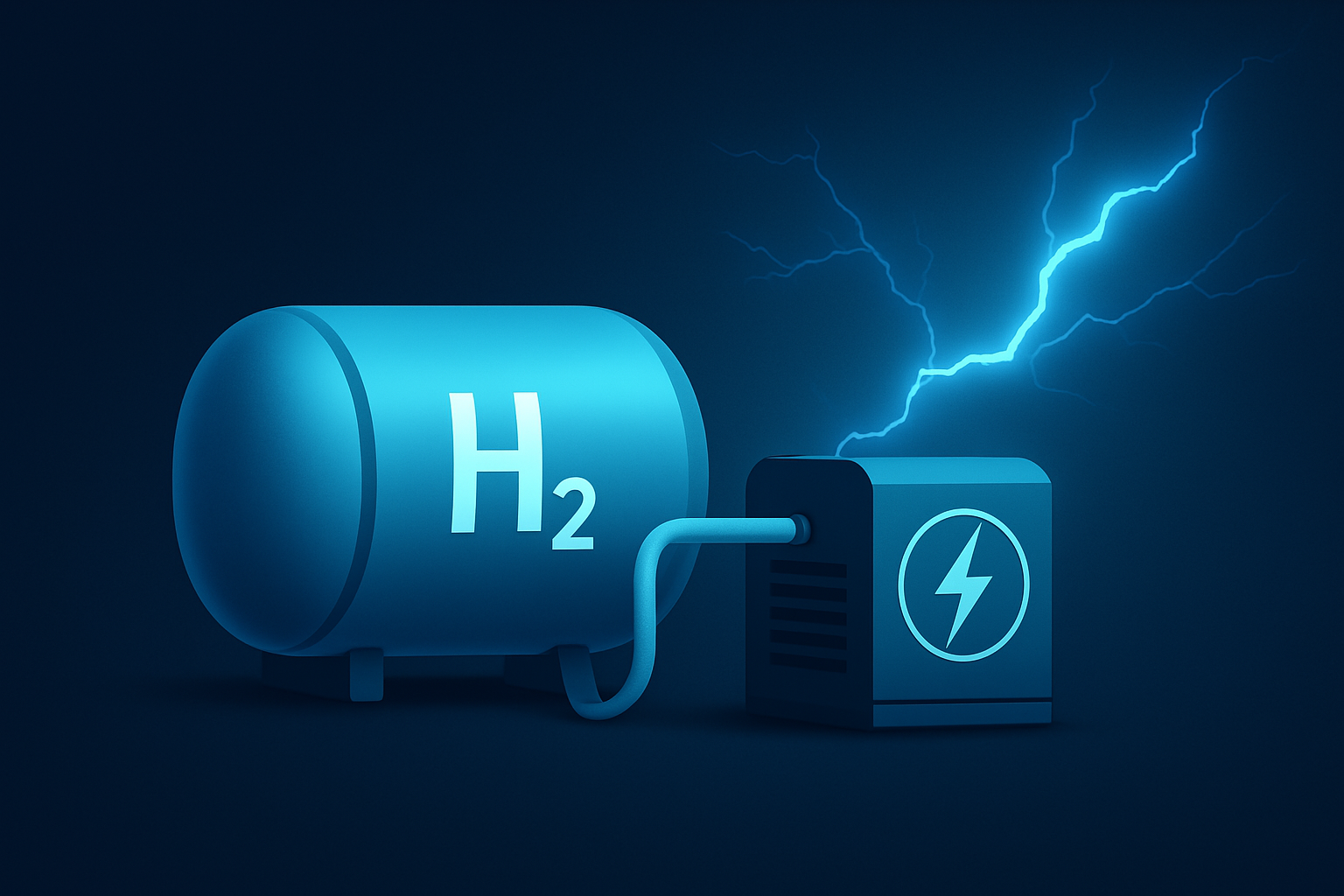This project is supported by the Interreg Danube Region Programme co-funded by the European Union.
- Introduction
- Challenges
- Solutions
- Energy Storage Techniques
- Gravity-Based Energy Storage
- Compressed Air Energy Storage (CAES)
- Liquid Air Energy Storage (LAES)
- Flywheel Energy Storage
- Hydrogen Energy Storage (H2ES)
- Battery Energy Storage – Alternatives to Lithium
- Flow Cells (VRFB)
- Superconducting Magnetic Energy Storage (SMES)
- Ultracapacitors (UC)
- Thermal Energy Storage (TES)
- Activity 1.5 Catalolgue
- Activity 2.1 Tool 1
- Activity 2.2 Tool 2
- Energy Storage Techniques
- Research & Reports
- Technology partner registration


